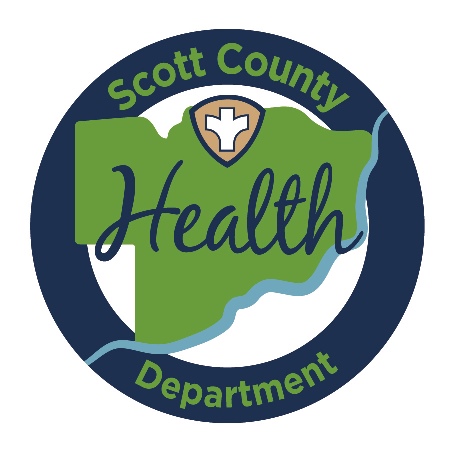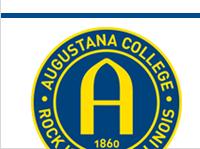
2016-2017: Scott County, Iowa and the Scott County Health Department
Document Type
Student Paper
Publication Date
5-2017
Disciplines
Civic and Community Engagement | Community Health and Preventive Medicine | Geographic Information Sciences | Inorganic Chemicals | Public Health Education and Promotion
Description, Abstract, or Artist's Statement
In June 2016, Scott County Health Department (SHCD) officially partnered with the Upper Mississippi Center (UMC) at Augustana College as part of the Sustainable Working Landscapes Initiative (SWLI). The initiative’s main goal is to address childhood lead poisoning in Scott County, Iowa. While the health department has ongoing efforts to address the problem, there are still approximately 50 children testing positive for lead poisoning every year (Tibbets, 2016). Currently, as part of the Childhood Lead Poisoning Prevention and Control Program, the health department offers case management services for children poisoned under the age of six, follow-up inspections for residences, and lead abatement regulation in residences (Scott County Health Department, 2017). Even though these provided services are necessary for creating healthy living environments, SCHD recognized that these services are more reactive, in nature, because a child has to test positive for lead poisoning before action is taken. As such, SCHD enlisted the help of UMC to transition their efforts for addressing childhood lead poisoning to a more proactive approach. The most effective route to proactively address the problem, decided upon by SCHD and UMC, was to use geographic information systems (GIS) to create a lead exposure risk map for residences in Scott County. The following report details the literature used to inform the project, methods used for creating lead exposure risk maps, and results showing the sample risk maps.
Augustana Digital Commons Citation
Osing, Tanner. "Addressing Childhood Lead Poisoning through GIS: A Proactive Approach in Scott County, Iowa" (2017). 2016-2017: Scott County, Iowa and the Scott County Health Department.
https://digitalcommons.augustana.edu/swliscott/13
Included in
Civic and Community Engagement Commons, Community Health and Preventive Medicine Commons, Geographic Information Sciences Commons, Inorganic Chemicals Commons, Public Health Education and Promotion Commons
